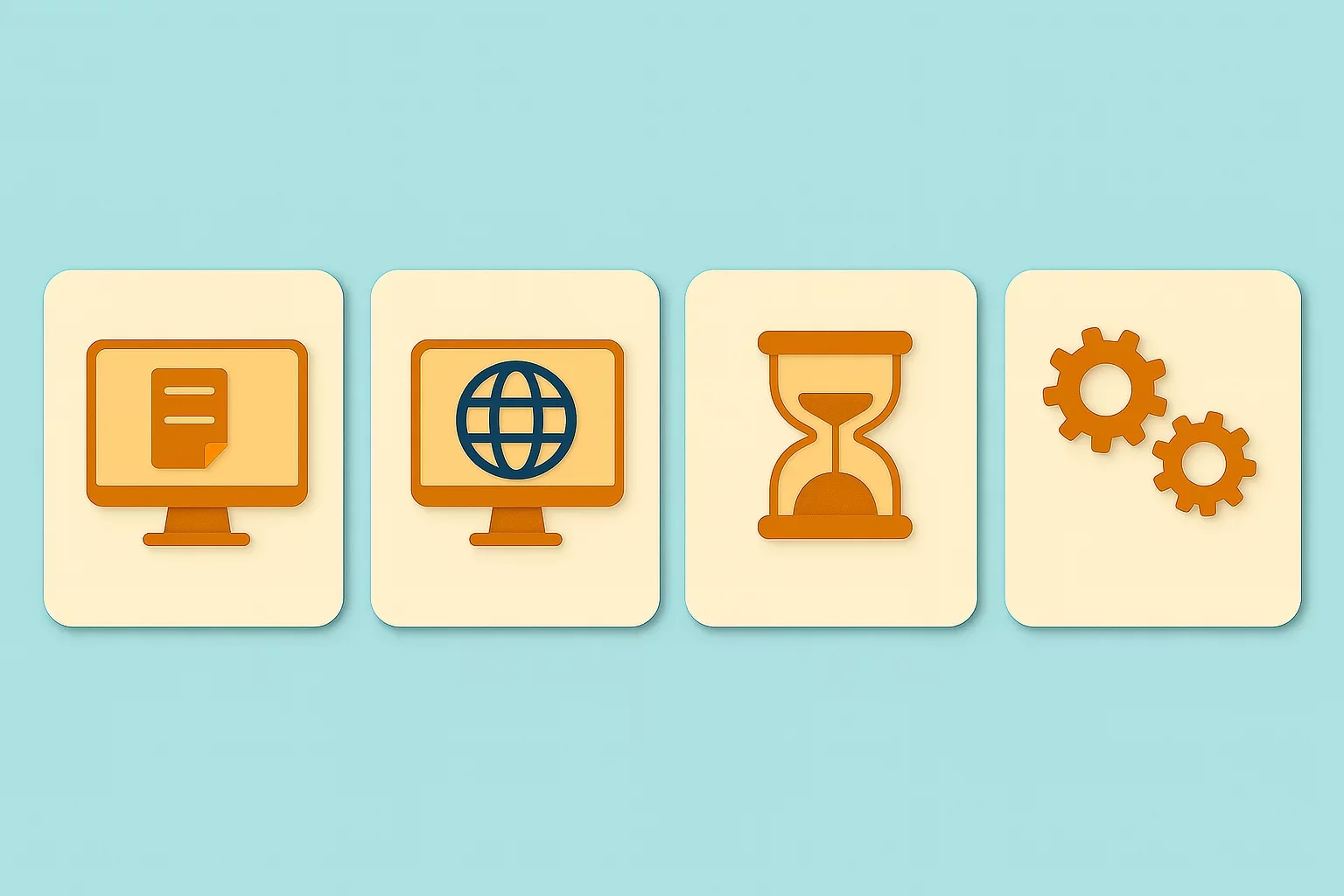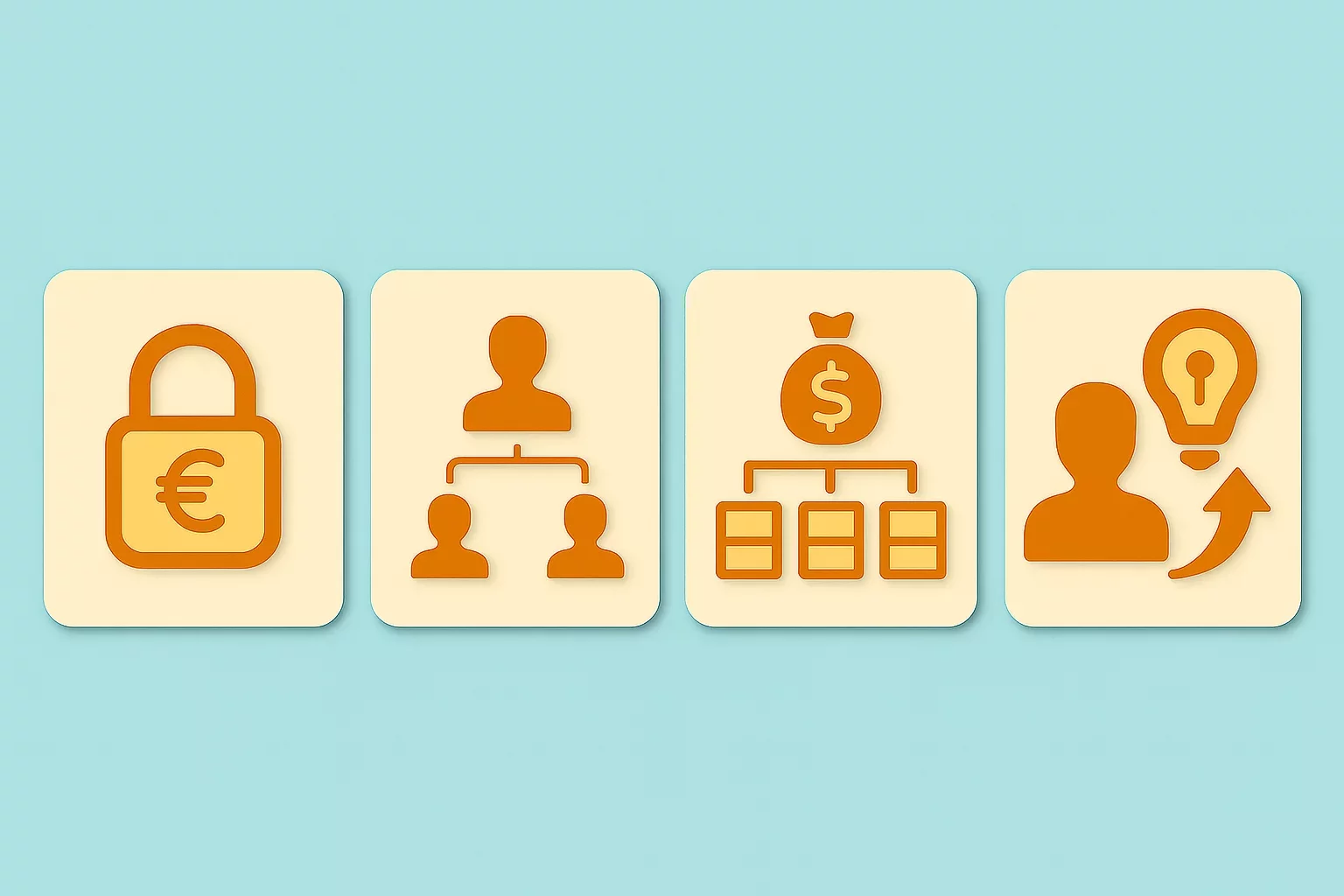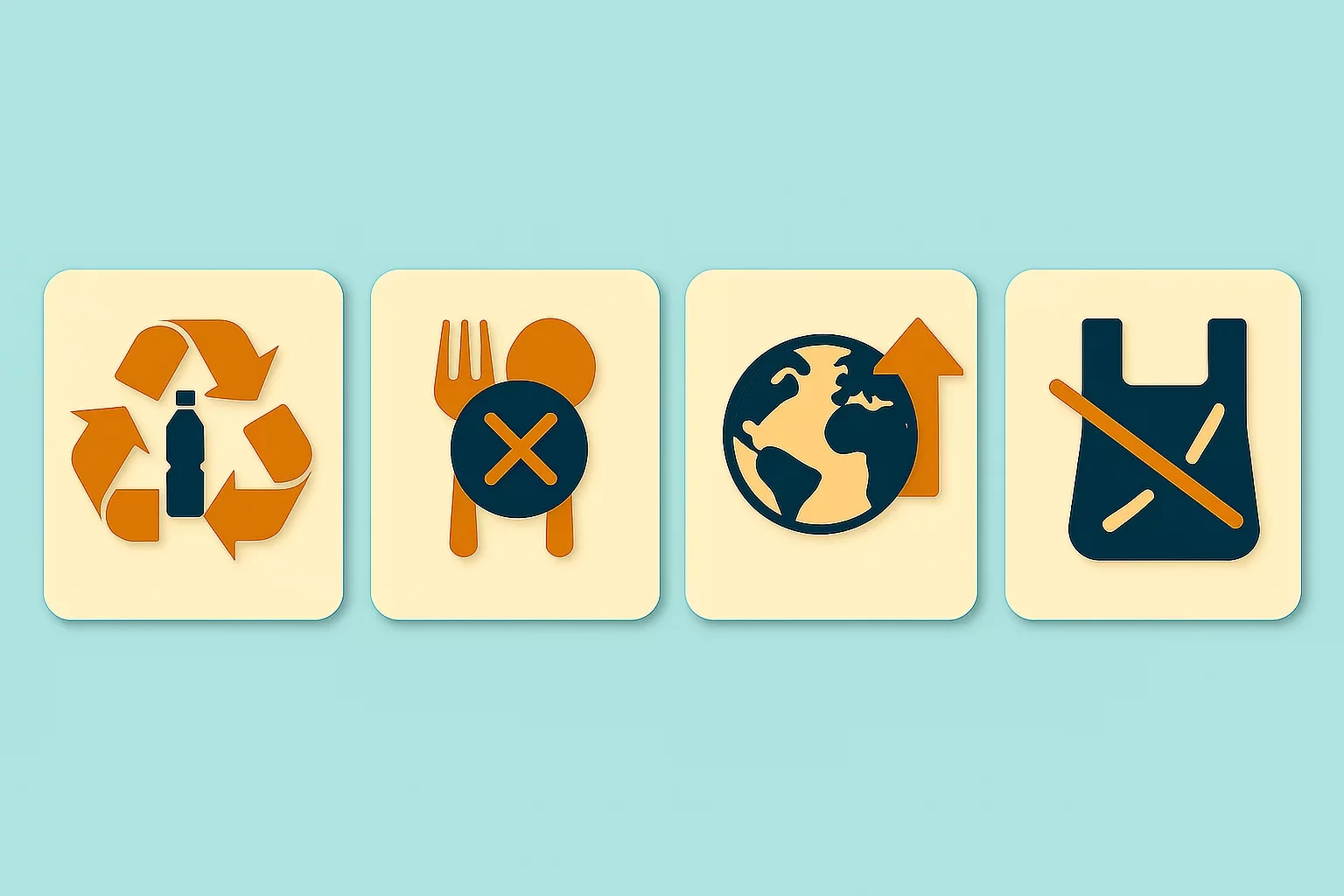VAT in the Netherlands: Rates, Registration, and Compliance Guidelines

VAT in the Netherlands- Three Types of Rates
There are three types of VAT rates in the Netherlands:
Standard VAT rate,
Reduced VAT rate,
Zero VAT rate.
How Much is VAT in the Netherlands’ Regions?
The Netherlands VAT Law does not contain any information on special VAT rates applicable in specific regions, leading to the conclusion that only standard, reduced, and zero VAT rates apply.
VAT Registration Threshold
VAT Netherlands law, along with other relevant regulations and documents issued by the government and the Tax Authority, provides valuable information regarding the VAT threshold in the Netherlands.
Regarding the VAT registration threshold for domestic taxable persons, either legal or natural persons, there is no VAT registration threshold. This means that all taxable persons involved in taxable activities must register for VAT. However, there is an exemption to this rule that relates to the simplified scheme for small businesses. If the businesses are established in the Netherlands, and their annual turnover is below EUR 20,000, they can benefit from the small business VAT exemption regime.
In contrast, no VAT registration threshold is stipulated for foreign taxable persons performing a taxable activity in the Netherlands.
As an EU Member State, the government of the Netherlands implemented a VAT registration threshold for intra-EU distance sales of goods and B2C supplies of services, which is defined at the EU level and set at EUR 10,000. EU VAT rules, implemented in the Netherlands, do not specify a VAT registration threshold for non-EU established suppliers of electronically supplied services.
Furthermore, the Netherlands also transmits EU VAT SME rules into national legislation. SMEs that want to participate in the EU SME Scheme in the Netherlands must be established in another EU country, with the main office located outside the Netherlands.
Additionally, they must be registered with the Tax Authority in the country of origin, and their turnover in the Netherlands must not exceed EUR 20,000 per calendar year. As an additional criterion, their total turnover across all EU countries must not exceed EUR 100,000 per year, taking into account both the current and previous calendar years.
Types of Taxable Activities in the Netherlands
Domestic and foreign businesses and individuals who supply goods or services, import goods, engage in intra-EU acquisition of goods for a fee, or export to countries outside the EU are subject to VAT rules as they are involved in taxable activities.
VAT Registration Process
All taxable persons, whether businesses or individuals, must register for VAT in the Netherlands if their economic activity is related to any taxable activities.
Netherlands VAT Registration for Domestic Businesses
The VAT registration process for domestic businesses is completed online by submitting a registration form that includes information on legal entity type, company name, address, and turnover. Additional documentation, such as a certificate of incorporation, may be required.
Once the VAT registration process is completed, the domestic business receives a VAT ID number, which must later be indicated on all issued invoices.
Netherlands VAT Registration for Foreign Businesses
Foreign businesses may be required to register for VAT in the Netherlands if they perform taxable activities there. The Tax Administration, specifically the Department of International Issues, is responsible for dealing with foreign businesses and their VAT obligations, except those that appoint a tax representative. In that case, the competent tax office of the tax representative will deal with the foreign company's VAT-related matters.
The registration form is completed electronically but must be printed, personally signed, and mailed to the competent tax office.
VAT Returns in the Netherlands
The VAT Netherlands law states that VAT-registered taxable persons must file monthly, quarterly, or annual VAT returns. Generally, quarterly VAT returns are submitted to the Netherlands Tax and Customs Administration through the Mijn Belastingdienst Zakelijk portal, administration software, or tax representative. Monthly and annual VAT returns are only submitted with the approval or request of the tax authorities.
One crucial piece of information is that there are different filing deadlines for resident and non-resident businesses.
Penalties for Failure to File Tax Return
VAT taxpayers must submit VAT returns even if there is no VAT transaction in the reporting period. Failing to file VAT returns or filing them late may result in penalties and fines, which could lead to further financial burdens.
If taxpayers do not file a VAT return, the Tax Administration sends an additional tax assessment estimating the VAT due. In addition to this extra tax assessment, a EUR 68 penalty is imposed for failing to file correct or complete VAT returns.
However, if the taxpayer submits the incorrect VAT return but the amount of the VAT due is less than EUR 1,000, the correction may be made in the next VAT return.
Apart from this, additional penalties ranging from EUR 50 to EUR 5,514, plus 3% interest, are imposed on the wrongdoer who fails to pay the VAT due or makes late or partial payments, also known as payment default. The final amount of the fine depends on several factors, such as how late the payment is and the amount of the due VAT.
VAT Rules for Electronically Supplied Services
The term "electronically supplied services" (ESS) was coined at the EU level to describe services provided automatically to consumers through the Internet or other similar networks, with minimal or no human input.
The Netherlands adopted and implemented the EU-wide definition of ESS in its national legislation for digital services. This term is one of many used as a synonym for the ESS, such as digital products and electronic services.
The unified EU framework on ESS also brought impactful taxability rules.
Taxability Rules for ESS:
Regarding the place of B2B supply of ESS, EU rules, and those implemented in the Netherlands, state that general rules for the place of service supply apply. Rules for the B2C supply of ESS state that non-EU companies must respect EU rules and apply the VAT rate based on the consumer's location.
The VAT rate for distance sales of goodsand B2C ESS supply of services largely depends on whether the EU-wide EUR 10,000 threshold is exceeded. Taxable persons whose annual turnover remains below EUR 10,000 can apply the VAT rates of their country of origin, e.g., the VAT rate of the Netherlands. Those persons who exceed the threshold must follow the EU-harmonized rules and apply the VAT rate of the country where the customer resides.
How much is VAT in the Netherlands on ESS?
The Netherlands VAT rate for ESS is 21%.
E-Commerce Rules
The EU VAT 2021 package introduced new concepts, rules, and regulations, establishing more harmonized and unified rules for all businesses focusing on e-commerce. This e-commerce package impacted EU and non-EU taxable persons in the EU market.
Some examples include the regulations establishing the EUR 150 threshold for the distance sale of low-value goods imported in consignments from third countries or territories and introducing the deemed supplier rules.
One of the most significant changes was made to the Mini One Stop Shop (MOSS) system, which was introduced in 2015. The MOSS was redefined, the schemes covered were expanded, and a new Import One Stop Shop (IOSS) scheme was introduced.
By doing so, the EU governing bodies established a third scheme to complement the two previously established schemes and placed everything into a One Stop Shop (OSS) system, a successor to the MOSS.
The schemes that are now under the OSS are:
Union Scheme,
Non-Union Scheme,
Import Scheme.
VAT EU Reporting
EC Sales List
All taxable persons making intra-EU sales must submit a recapitulative statement, also known as an EC Sales List (ESL) or ICP declaration. The ESL contains specific data on EU VAT-registered customers and information on the total value of supplies made to these customers during the reporting period.
The ESLs are submitted electronically to the Central Liaison Office by the last day of the month following the reporting period. Whether monthly or quarterly ESLs are required depends on the turnover from intra-community sales of goods. If the turnover in the previous four months exceeds EUR 50,000, then monthly ESLs are necessary. Those whose turnover remains below EUR 50,000 may submit quarterly ESLs.
Regarding intra-community sales of services, quarterly ESLs are mandatory, regardless of the reporting frequency for intra-community sales of goods.
Intrastat
In 2023, the governing body for Intrastat in the Netherlands, the Central Bureau of Statistics (CBS), decided to remove the Intrastat thresholds and retain the discretionary right to impose this obligation on taxpayers based on the intra-EU transaction amounts stated in the VAT returns. Nevertheless, taxable persons who submitted Intrastat reports before the thresholds were removed still must file monthly Intrastat reports.
Digital Reporting
Local Businesses
The Netherlands has no mandatory business-to-business (B2B) or business-to-consumer (B2C) e-invoicing rules. Businesses can opt to follow B2B e-invoicing rules voluntarily. In contrast, businesses conducting activities with the government must issue e-invoices regarding all business-to-government (B2G) transactions.
Non-Resident Businesses
There are no digital reporting requirements for non-resident businesses in the Netherlands.

Featured Insights

Angola’s E-Invoicing Mandate: Phased Implementation Continues Into 2026
🕝 December 10, 2025
VAT Deduction and Business Succession: When Do Advisory Costs Serve the Company’s Interest?
🕝 December 8, 2025
Europe’s Plastic Fiscal Shift: Why Italy’s Plastic Tax Now Starts in 2027
🕝 December 3, 2025
The Decline of Low-Value Import Exemptions: Closing Gaps in Cross-Border E-Commerce
🕝 November 20, 2025More News from Netherlands
Get real-time updates and developments from around the world, keeping you informed and prepared.
-e9lcpxl5nq.webp)

-lltkno6txy.webp)
-owvu7zoc13.webp)
-qpe1ld9vcj.webp)
-avbjsn1k1g.webp)



-opuxpan2iu.webp)

-kwttsfd8ow.webp)


